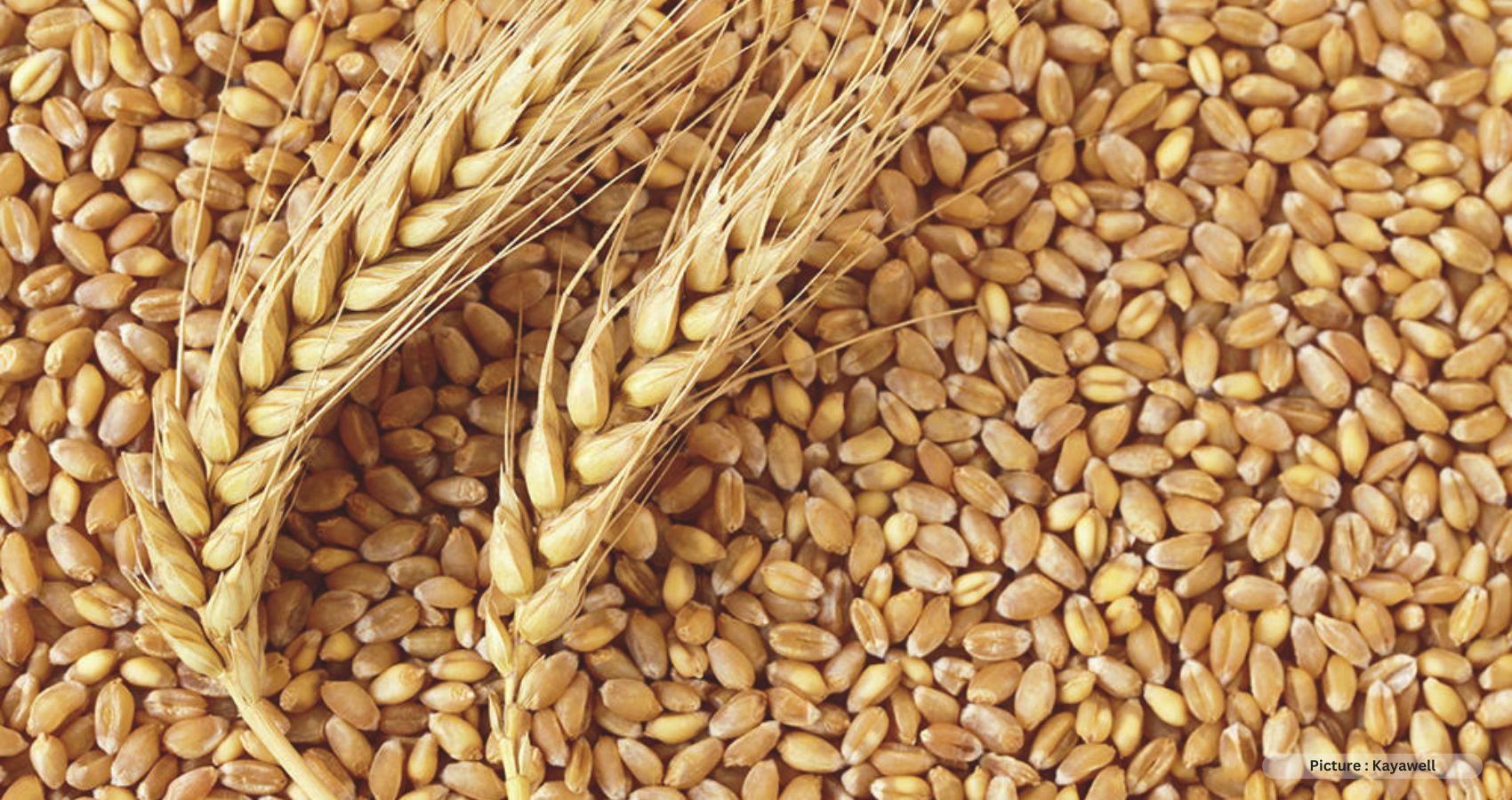The Ludhiana-based institution, which played a pivotal role during the Green Revolution to make India surplus in foodgrains by developing high-yielding strains, has bred a new wheat variety with high amylose starch content, known to reduce risks of type-2 diabetes and cardiovascular diseases.
From “quantity” to “quality” and from “food security” to “nutritional security” — this seems to be the new research focus of the Punjab Agricultural University (PAU).
The Ludhiana-based institution, which played a pivotal role during the Green Revolution to make India surplus in foodgrains by developing high-yielding strains, has bred a new wheat variety with high amylose starch content, known to reduce risks of type-2 diabetes and cardiovascular diseases.
Eating chapatis made from this wheat — called PBW RS1, with RS being short for resistant starch — won’t cause an immediate and rapid rise in glucose levels. The high amylose and resistant starch, instead, ensure that glucose is released more slowly into the bloodstream. Being slower to digest also increases a feeling of satiety; a person consuming 4 chapatis from normal wheat would now feel full after having just two.
It has total starch content, almost the same as the 66-70 per cent in other wheat varieties. But it has 30.3 per cent resistant starch content as against only 7.5-10 per cent for other varieties including PBW 550, PBW 725, HD 3086 and PBW 766, show trials conducted by PAU over four years. The other varieties have 56-62 per cent non-resistant starch content which is nearly half (37.1 per cent) in PWB RS1. Similarly, PBW RS1 has 56.63 per cent amylose compared to only 21-22 per cent in other varieties.
“Chapatis and biscuits made from its whole grain flour also have lower glycemic index (a value used to measure how specific foods increase blood sugar levels), which is linked to the decreased digestibility of the starch. So, it can help bring down the prevalence of diet-related diseases, including obesity and diabetes (especially type 2),” said Achla Sharma, principal wheat breeder at PAU, which was rated the country’s top state agricultural university in 2023 as per the National Institute Ranking Framework.
The variety has been developed over a period of 10 years by a team of wheat breeders led by Dr V S Sohu, head, department of plant breeding and genetics. PAU is the first to combine five novel alleles (genes) affecting resistant starch levels for developing this variety.
Earlier, PAU had released two varieties – PBW Zn1 with high zinc content, and PBW1 Chapati whose flour had premium chapati quality that remained fresh for long – on nutritional lines but none had features as PBW RS1.
Sharma noted that millets are considered healthy because they don’t lead to a spike in blood sugar levels. Dieticians even recommend that diabetic and obese persons give up wheat altogether. “But the fact is that both production and consumption of wheat are much higher and not everyone can have millets on a daily basis. Our idea was, therefore, to breed a wheat variety which feels and tastes like normal wheat, but has higher RS and lower glycemic index,” she said.
But PBW RS1 has a significant drawback that might come in the way of its cultivation by farmers. The average grain yield from the variety at PAU’s field trials has been recorded at 43.18 quintals per hectare. This is below Punjab’s average yield of 48 quintals, which has touched 52 quintals in some years with many farmers harvesting 60 quintals or more.
PAU vice-chancellor Dr Satbir Singh Gosal, however, felt that a beginning towards ushering in nutritional security had to be made. He has urged the Punjab government to promote PBW RS1 flour as a product with “high medicinal and nutritional value”. With proper marketing, the wheat could “fetch higher price” from buyers, similar to the premium that millers are paying for basmati paddy over regular parmal varieties.
“Yes, lower productivity is a challenge. But then, PBW RS1 should be identified as a special-trait variety that will be priced high enough to incentivise farmers to grow it. We have pitched the idea for marketing it as a special quality flour to Markfed (the Punjab State Cooperative Supply & Marketing Federation),” Gosal told The Indian Express, adding that PBW RS1 is the country’s first ever improved wheat variety bred for quality, and not just quantity.
Sharma said seeds for the new variety will be made available to farmers in September to enable them sow in the upcoming rabi season. Apart from its nutritional attributes, PBW RS1 is “completely resistant” to yellow rust and “moderately resistant” to brown rust fungal diseases.
“Chapatis and biscuits from its flour taste just like normal wheat. The high amylose/resistant starch content, translating into increased total dietary fibre, would also be advantageous to bakers and food processors. They can produce products without incorporating fibre or additives from other sources to their formulas,” she said.











